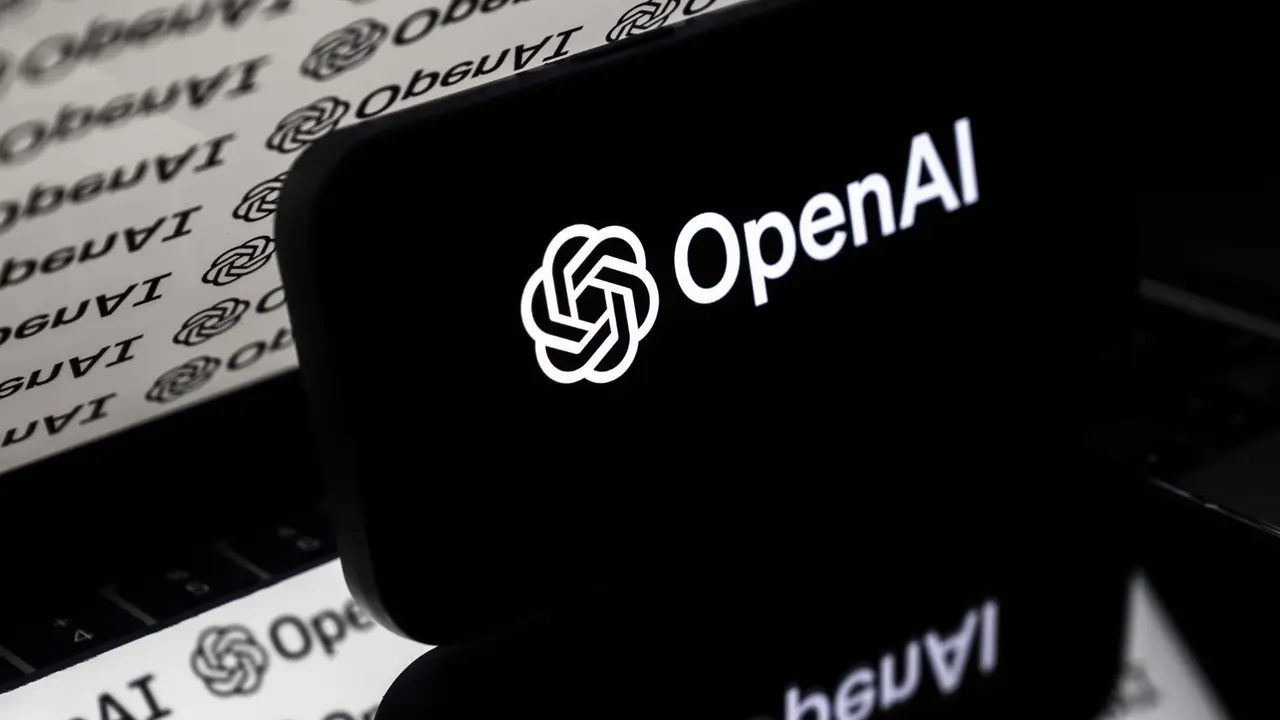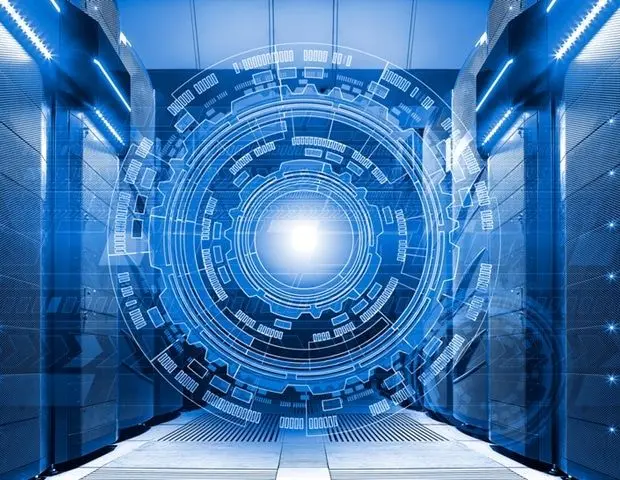NHS Approves AI-Powered X-ray Analysis to Reduce Missed Fractures
4 Sources
4 Sources
[1]
AI X-ray Scans Help NHS Doctors Reduce Missed Fractures for Just £1
AI-powered medical imaging tools can identify problems faster and more accurately than traditional methods. The U.K.'s National Health Service (NHS) has been given the green light to use AI tools to analyze X-ray scans for breaks and fractures. Having found that the technology can speed up diagnosis and improve patient outcomes, the National Institute for Health and Care Excellence (NICE) has approved four platforms for NHS use that could cost hospitals just £1 per scan. Improved Patient Outcomes The platforms approved for NHS X-ray screenings are TechCare Alert, Rayvolve, BoneView, and RBfracture. "NICE's early value assessment of artificial intelligence technologies to help detect fractures on X-rays in urgent care recommends that BoneView, RBfracture, Rayvolve and TechCare Alert can be used in the NHS while more evidence is generated," the document states. Fracture Diagnosis AI tools promise to save medical professionals time and highlight fractures that might otherwise be overlooked. Missed fractures are among the most common diagnostic errors in Accident and Emergency (A&E) units and urgent care centers. Studies have shown that around 3-5% of all fractures are initially missed, especially subtle bone injuries that can be hard to spot with the eye. Fracture misdiagnosis can lead to serious complications for patients, including improper healing, chronic pain, or even disability if left untreated. By incorporating AI in X-ray screening, NHS professionals can benefit from an additional layer of safety. These AI platforms analyze images with a high degree of accuracy, highlighting potential fractures that may need further examination. Theoretically, this would reduce diagnostic errors and ensure patients receive the appropriate treatment sooner. AI in Medical Analytics The impact of AI analytics in the clinical field extends beyond fracture detection. From ultrasound to MRI scans, many different forms of medical imaging benefit from machine learning. This technology can significantly streamline the process of screening for pathologies, often spotting problems sooner and with a higher degree of accuracy than traditional processes. While the benefits of the technology are increasingly recognized, there are still some risks to consider. For example, a 2022 study of AI tools used to screen for liver disease found evidence of algorithmic bias, with the platform performing much better on scans of male versus female livers. In its report, NICE acknowledged that there was insufficient evidence to understand how the approved platforms fared for patients with conditions that affect bone health. It also said there was a limited understanding of how population subgroups might be impacted differently.
[2]
NHS in England given go-ahead for AI scans to help detect bone fractures
X-ray add-on at estimated £1 a scan aimed at reducing missed diagnoses in initial assessment Millions of patients in England with suspected broken bones could have their X-rays checked with a £1 artificial intelligence scan to help NHS doctors avoid missing fractures. Overlooked broken bones are among the most common mistakes made in A&E units and urgent care centres, with as many as 10% of fracture cases either not spotted at all by medical professionals or diagnosed late. Missing a fracture during an initial assessment can lead to further injury or harm to the patient, worsening their condition and making it harder for hospitals to treat quickly. The NHS has now been given the green light by the National Institute for Health and Care Excellence (Nice) to use AI as a way of improving fracture detection when examining X-rays. Clinical evidence suggests that using AI may improve detection in scans, compared with a medical professional reviewing on their own, "without increasing the risk of incorrect diagnoses", Nice said. Using AI could reduce the number of fractures missed at initial presentation, prevent further injury or harm to people during the time between the first assessment and a decision on further treatment, and "may help reduce variation in care across the country", it added. The move could also reduce the need for follow-up checks and appointments amid the NHS workforce crisis. Mark Chapman, the director of HealthTech at Nice, said: "Every day across the NHS, thousands of images are interpreted by expert radiologists and radiographers, but there is a high vacancy rate within these departments across the country and more support is needed to manage their workload. "These AI technologies are safe to use and could spot fractures which humans might miss given the pressure and demands these professional groups work under." In addition to a trained healthcare professional reviewing the X-ray, the NHS can use four AI platforms under draft guidance published by Nice. Those recommended are TechCare Alert, which can be used on patients of any age; Rayvolve, for adults only; and BoneView and RBfracture, for adults and children aged two and up. Chapman said: "Using AI technology to help highly skilled professionals in urgent care centres to identify which of their patients has a fracture could potentially speed up diagnosis and reduce follow-up appointments needed because of a fracture missed during an initial assessment." Patients with suspected fractures are typically assessed by a nurse or doctor, who may request an X-ray to be carried out by a radiographer. Nice recommends that these X-rays should be reviewed by a radiologist, radiographer or other trained professional, who should provide a detailed report before a patient is discharged. Nevertheless, Nice said this was not always possible in practice, with reporting delays lasting days or weeks. During modelling, the cost for each AI scan was estimated at £1. The NHS has been advised to ensure costs remain close to that estimate. Charlotte Beardmore from the Society of Radiographers backed the plans but said that while AI might improve accuracy, it could not replace the expertise of radiographers and radiologists. A consultation on the draft recommendations will run until 5 November.
[3]
AI to help doctors detect broken bones on X-rays
Artificial intelligence (AI) has the potential to reduce the number of fractures and broken bones missed when doctors analyse X-rays, according to the National Institute for Health and Care Excellence (NICE). The health assessment body says research suggests the technology is safe and could speed up diagnosis, relieving pressure on clinicians and reducing the need for some follow-up appointments. Four AI tools are set to be recommended for use in urgent care in England while more evidence is collected on the benefits of the technology. AI will not be working alone - each image will be reviewed by a healthcare professional.
[4]
Artificial intelligence will diagnose broken bones under new NHS plans
Artificial intelligence (AI) will diagnose broken bones under new NHS plans. Patients arriving at A&E with suspected fractures will have their X-rays reviewed by a machine, under proposals in draft guidance published on Tuesday. The NHS spending watchdog has provisionally approved four different AI tools to be used in emergency departments across England. A&E staff will be able to use AI to speed up diagnoses and reduce the number of missed fractures, which are the most common diagnostic errors made in emergency departments. About 3 to 10 per cent of fractures were missed in urgent care, the guidance said, because of the pressure on doctors who do not specialise in radiography. The National Institute for Health and Care Excellence (Nice) said there was enough evidence to show AI was better - and never worse - than doctors in A&E at diagnosing broken or fractured bones. It has recommended that four products - TechCare Alert, BoneView, RBfracture and Rayvolve - are used in urgent care settings in England, while also generating further evidence to assess the technology's benefit in a real-world setting. Mark Chapman, the director of health tech at Nice, said the use of AI could help fill the void caused by the high number of vacancies in radiography. "Every day across the NHS thousands of images are interpreted by expert radiologists and radiographers, but there is a high vacancy rate within these departments across the country and more support is needed to manage their workload," he said. "These AI technologies are safe to use and could spot fractures which humans might miss given the pressure and demands these professional groups work under." He added: "Using AI technology to help highly skilled professionals in urgent care centres to identify which of their patients has a fracture could potentially speed up diagnosis and reduce follow-up appointments needed because of a fracture missed during an initial assessment."
Share
Share
Copy Link
The UK's National Health Service (NHS) has been given approval to use AI tools for analyzing X-ray scans to detect fractures, potentially improving diagnosis accuracy and patient outcomes.

NHS Approves AI-Powered X-ray Analysis for Fracture Detection
The National Health Service (NHS) in England has received approval to implement artificial intelligence (AI) tools for analyzing X-ray scans to detect fractures and broken bones. This groundbreaking move aims to reduce the number of missed diagnoses and improve patient outcomes in urgent care settings
1
2
.The Need for AI in Fracture Detection
Missed fractures are among the most common diagnostic errors in Accident and Emergency (A&E) units and urgent care centers. Studies have shown that approximately 3-10% of all fractures are initially overlooked, particularly subtle bone injuries that can be challenging to spot with the human eye
1
4
. These misdiagnoses can lead to serious complications for patients, including improper healing, chronic pain, or even disability if left untreated1
.Approved AI Platforms
The National Institute for Health and Care Excellence (NICE) has recommended four AI platforms for use in NHS X-ray screenings:
- TechCare Alert (for patients of any age)
- Rayvolve (for adults only)
- BoneView (for adults and children aged two and up)
- RBfracture (for adults and children aged two and up)
2
4
These AI tools are designed to work alongside healthcare professionals, providing an additional layer of analysis to improve fracture detection accuracy
3
.Benefits and Cost-Effectiveness
The implementation of AI in X-ray analysis is expected to bring several benefits:
- Improved detection rates compared to traditional methods
- Faster diagnosis and reduced waiting times
- Potential reduction in follow-up appointments
- Support for radiologists and radiographers facing high workloads
2
4
Notably, the cost of each AI scan is estimated at just £1, making it a cost-effective solution for the NHS
2
.Related Stories
Addressing the Workforce Crisis
The adoption of AI technology comes at a crucial time, as the NHS faces a significant workforce crisis, particularly in radiology departments. Mark Chapman, the director of HealthTech at NICE, emphasized that these AI technologies could help manage the workload of radiologists and radiographers, who are working under immense pressure
2
4
.Limitations and Future Research
While the benefits of AI in fracture detection are promising, NICE acknowledges that there is still insufficient evidence to fully understand how these platforms perform for patients with conditions affecting bone health. Additionally, the impact on different population subgroups requires further investigation
1
.As part of the approval process, NICE has recommended that these AI tools be used while generating more evidence to assess their real-world benefits
4
. A consultation on the draft recommendations will run until November 5, 20242
.References
Summarized by
Navi
Related Stories
Recent Highlights
1
AI Chatbots Sway Voters More Effectively Than Traditional Political Ads, New Studies Reveal
Science and Research

2
Trump signs executive order to override state AI laws despite bipartisan pushback
Policy and Regulation

3
OpenAI warns upcoming AI models will likely pose high cybersecurity risk with zero-day exploits
Technology








